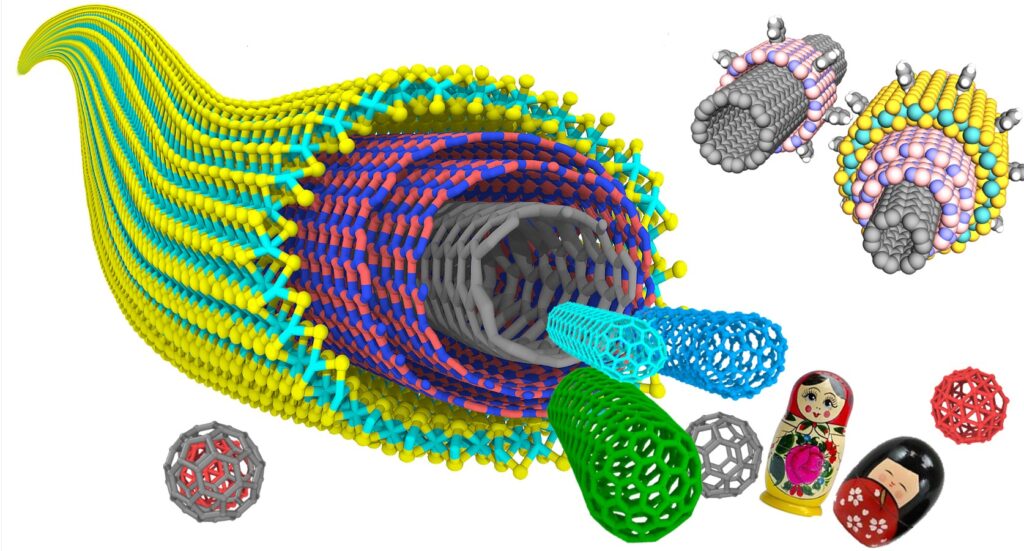Presentation Title: The colorful palette of 2D-materials, through theory and computations
Prof. Boris Yakobson presented this talk in the webinar on Materials Science, Engineering and Technology organized by Vebleo
Affiliation: Rice University, Houston, TX 77005, USA
Biography
Prof. Dr. Boris Yakobson is an expert in theory and computational modeling of materials and nanostructures, their synthesis, mechanics, defects and relaxation, transport, electronics, optics. Presently, Karl F. Hasselmann Endowed Chair in Engineering, professor of Materials Science and Nano-Engineering, and professor of Chemistry, Rice University, Houston, Texas.
Prof. Dr. Boris Yakobson was born in Moscow (USSR), raised in Odessa (Ukraine), and obtained his first BS/MS degree in Novosibirsk (Russia). Received PhD 1982 in Physics and Applied Mathematics, from Russian Academy of Sciences. 1982-1989, Head of Theoretical Chemistry lab at the Institute of Solid Materials of the Russian Academy. 1990 Spring, Visiting Scholar in Columbia U., New York (Chemistry, with Bruce Berne). 1990-1999, on the Physics faculty, NCSU, Visiting Scientist, then Research Professor, with tenure.
Yakobson’s 1995 study in nanoscale mechanics has eventually set off a close collaboration with late Richard Smalley (Nobel Laureate, 1996), and in 1999 Boris joined Rice U., School of Engineering, to work in nanotechnology.
Prof. Dr. Boris Yakobson ‘s research, sponsored over the years by the National Science Foundation, Department of Energy, NASA, Department of Defense, Army Research Office, Air Force Research Laboratory and AFOSR, Office of Naval Research, DARPA, Welch Foundation, and private industry, resulted in over 440 publications and eight patents. Received US Department of Energy Hydrogen Program Award, Nano 50 Innovator Award from Nanotech Briefs (Boston), Royal Society (London) Professorship Award, US Department of Energy R & D Award, NASA Faculty Award, Outstanding Faculty Research Award (Engineering, Rice U.).
Prof. Dr. Boris Yakobson has mentored a number of PhD students and postdoctoral associates, serves on the editorial boards of several journals and on steering committees. Prof. Dr. Yakobson is an editorial board member of the Journal of Nanoparticle Research and a member of the American Physical Society and the Electrochemical Society.
Abstract
Chemical makeup defines the synthetic routes for materials in general and 2-dimensional in particular, their atomistic structure, shape, and diverse properties from mechanical and catalytic to optics (colour), or even to hosting the excitonic superfluid condensates.
We will discuss how theoretical and computational models enable the understanding of various behaviours and making the predictions. The nanoreactor model first developed for graphene, allows one to track the growth process atom by atom from the first-principles, and predict the island kinetics.
Its generalizations apply to 2D materials like h-BN, MoS2, and novel cases like borophene (2D boron). Further, first principles basis enabled prediction of defects structures in transition metal dichalcogenides (TMD), soon confirmed by microscopy. The diverse basic optics (transmission, absorption, reflection) of numerous 2D materials brings about the functionality of their defects as single photon emitters (SPE).
We will further show how hetero-bilayers offer a capability of a particular (broken, type II) band offset where the electron-hole pairs can stabilize at the ground state and form superfluid Bose-Einstein condensate, with tantalizing device possibilities. If time permits, we will explain how new discoveries in experiments make possible heterostructures of nested coaxial geometry (fig. above) where flexoelectric band-shift is beneficial in photovoltaics for solar energy.
Graphical Abstract

This talk was delivered in the webinar organized by Vebleo